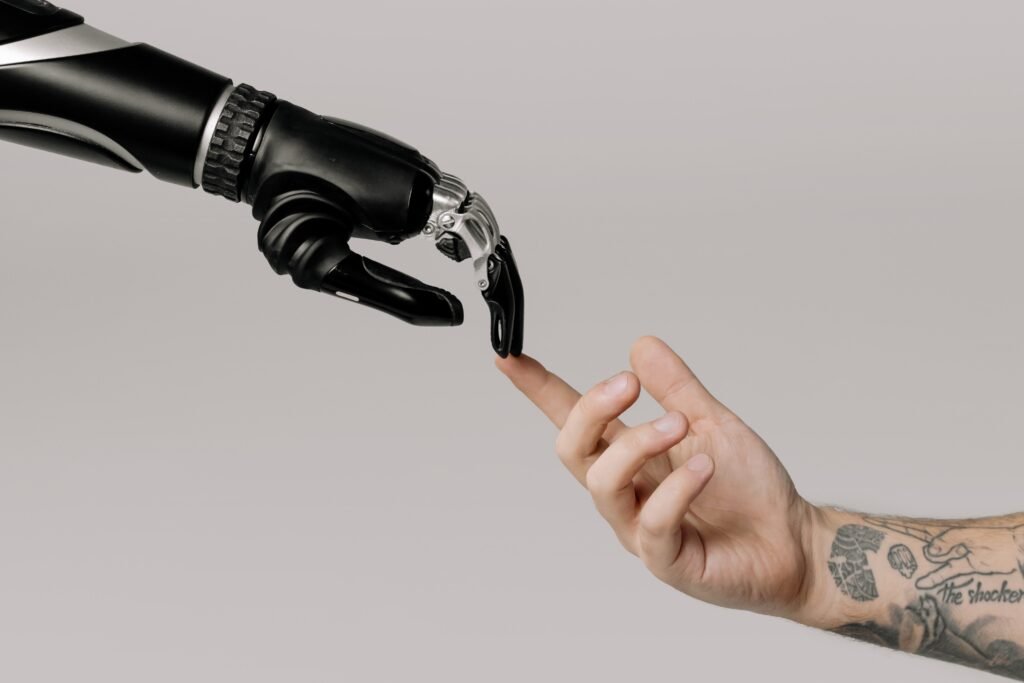13 Best Tips Windows vs MacOS
In the world of computing, the battle between Windows vs MacOS has been ongoing for decades.
These two operating systems have their dedicated fan bases and unique strengths, making the choice between them a crucial decision for users.
Whether you’re buying a new computer or considering a switch, this guide will help you navigate the Windows vs MacOS debate, Which Operating System Is Right for You?
explore the latest trends, and provide insights from a real-world case study. 13 Best Tips Windows vs MacOS: Which Operating System Is Right for You?

- Introduction
- 1. Windows: The Powerhouse
- 2. MacOS: The Elegance
- 3. User Interface and Experience
- 4. Performance and Compatibility
- 5. Security and Privacy
- 6. Software Ecosystem
- 7. Case Study: A Creative Professional’s Journey
- 8. Trends in Operating Systems
- 9. Cloud-Centric Computing
- 10. AI Integration
- 11. Augmented Reality (AR) and Virtual Reality (VR)
- 12. IoT and Edge Computing
- 13. Cross-Platform Integration
- 14. Sustainability and Energy Efficiency
- Conclusion
Introduction
Choosing an operating system is a significant decision that impacts your daily computing experience.
Both Windows vs MacOS have evolved over the years, each offering a unique set of features and functionalities.
To make an informed choice, let’s explore the strengths and weaknesses of both.
1. Windows: The Powerhouse
Versatility and Compatibility
Windows is known for its versatility, offering compatibility with a wide range of software and hardware. It’s the go-to choice for gamers, businesses, and those seeking a broad software library.
2. MacOS: The Elegance
Aesthetic Appeal and User-Friendly Design
MacOS is celebrated for its elegant and user-friendly design. Apple’s commitment to aesthetics is evident in its hardware and software, making it a favorite among creative professionals.
3. User Interface and Experience
Windows vs MacOS UI
Compare the user interfaces of Windows and MacOS, including their desktop layouts, taskbars, and window management. Discover which suits your workflow and preferences.
4. Performance and Compatibility
Speed, Stability, and Hardware Integration
Evaluate the performance of both operating systems, considering factors like speed, system stability, and how well they integrate with specific hardware components.
5. Security and Privacy
Protecting Your Data
Examine the security features and privacy controls of Windows and MacOS. Learn how each OS handles updates, antivirus protection, and user data.
6. Software Ecosystem
App Stores and Third-Party Software
Dive into the software ecosystems of Windows and MacOS. Explore their respective app stores, availability of third-party software, and exclusive applications.
7. Case Study: A Creative Professional’s Journey
A Designer’s Perspective
Follow the journey of a creative professional as they switch between Windows and MacOS for their design work. Gain insights into their experiences, challenges, and preferences.
8. Trends in Operating Systems
The Future of Computing
Stay up-to-date with the latest trends in operating systems, including the rise of cloud-based computing, the integration of AI, and the evolving role of tablets and smartphones.
9. Cloud-Centric Computing
The Rise of Cloud OS Operating systems are becoming increasingly intertwined with cloud computing.
Cloud OS, or cloud-centric operating systems, are designed to work seamlessly with cloud-based applications and services.
This trend allows for enhanced data synchronization, accessibility, and collaboration across devices.
Collaboration and Productivity Cloud-centric operating systems promote collaboration among users.
Real-time document editing, file sharing, and team collaboration tools are seamlessly integrated, enabling users to work together more efficiently regardless of their physical location.
10. AI Integration
The Smart OS Era Artificial intelligence (AI) is playing a significant role in modern operating systems. AI-driven features include predictive typing, voice assistants, and personalized recommendations.
These AI enhancements aim to streamline user interactions, improve efficiency, and provide a more personalized computing experience.
Security and Threat Detection AI is also employed in enhancing security. Operating systems are using AI algorithms to identify and respond to security threats in real time.
Machine learning helps detect unusual user behavior and potential cybersecurity breaches, thereby strengthening overall system security.

11. Augmented Reality (AR) and Virtual Reality (VR)
AR and VR Integration The integration of AR and VR capabilities is gaining momentum in operating systems.
Both Windows and MacOS are exploring ways to support AR and VR applications.
This trend opens up new possibilities for immersive gaming, virtual meetings, and design applications.
Mixed Reality Environments Operating systems are evolving to support mixed reality environments, where physical and digital worlds seamlessly blend.
This can have applications in industries like education, healthcare, and entertainment.

12. IoT and Edge Computing
Operating Systems for the Internet of Things (IoT) IoT devices are becoming more prevalent in homes and businesses.
Operating systems are adapting to support IoT connectivity and management, allowing users to control and monitor smart devices from their computers.
Edge Computing Edge computing, which processes data closer to the source of data generation, is gaining traction.
Operating systems are incorporating edge computing capabilities to improve the performance of IoT devices and reduce latency.
13. Cross-Platform Integration
Seamless Cross-Platform Experiences Users increasingly expect a seamless experience across multiple devices and platforms.
Operating systems are working to provide this consistency, enabling users to start a task on one device and seamlessly continue it on another, regardless of the operating system.
Cross-Platform App Development Cross-platform app development frameworks are becoming more popular.
These tools allow developers to create apps that can run on both Windows and MacOS, reducing development time and effort.
14. Sustainability and Energy Efficiency
Green Computing Sustainability is a growing concern, and operating systems are incorporating energy-saving features.
These features help reduce power consumption and environmental impact, contributing to the concept of green computing.
Extended Battery Life Efforts are being made to extend the battery life of devices by optimizing system resources and power management. Users can expect longer usage times between charges.
Conclusion
Deciding between Windows and MacOS ultimately depends on your specific needs and preferences. Consider factors like software compatibility, hardware choice, design aesthetics, and your daily tasks.
Both operating systems have their strengths, and the right choice is the one that aligns with your workflow and enhances your computing experience.
By understanding the differences and staying informed about the latest trends, you can confidently choose the operating system that suits your unique requirements.
Whether you prioritize versatility, elegance, or a specific software ecosystem, both Windows and MacOS offer a world of possibilities for users in the ever-evolving digital landscape. Read More >